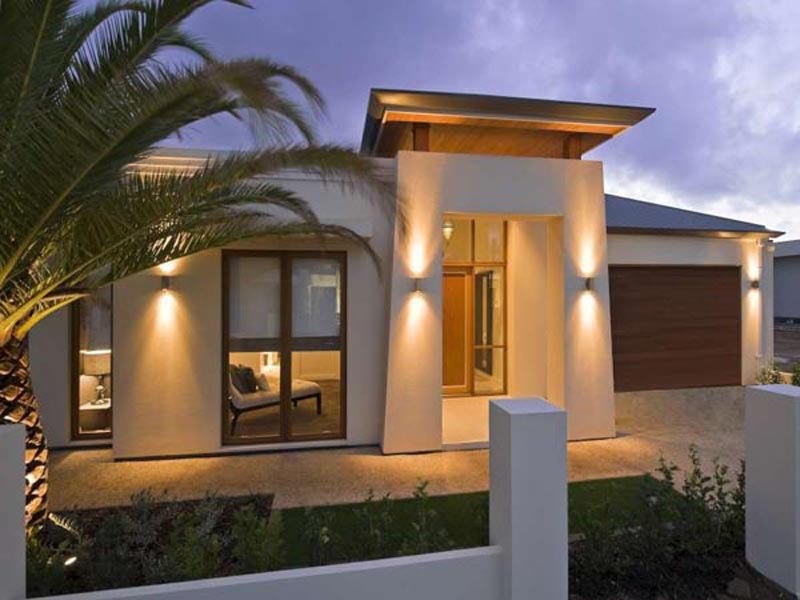When it comes to designing buildings, architects have long recognized the importance of natural light in creating spaces that are not only functional but also visually appealing. The use of natural light in architecture goes beyond simply illuminating a space; it has the power to transform the entire feel and atmosphere of a building.
Benefits of Incorporating Natural Light
There are numerous benefits to incorporating natural light into architectural designs. One of the most significant advantages is the positive impact it can have on the well-being of occupants. Natural light has been proven to boost mood, increase productivity, and even improve overall health.
- Energy Efficiency: By harnessing natural light, architects can reduce the need for artificial lighting during the day, leading to significant energy savings.
- Enhanced Aesthetics: Natural light can highlight architectural features, create dynamic shadows, and enhance the overall visual appeal of a space.
- Connection to the Outdoors: Incorporating natural light allows occupants to feel more connected to the outside environment, blurring the line between indoor and outdoor spaces.
Design Strategies for Maximizing Natural Light
Architects employ a variety of design strategies to maximize the benefits of natural light in their projects. Some common techniques include:
- Orientation: Proper building orientation can optimize the amount of natural light that enters a space, reducing the need for artificial lighting.
- Windows and Skylights: Strategic placement of windows and skylights can help control the amount and direction of natural light, creating a comfortable and well-lit environment.
- Light Wells: Light wells are vertical openings in a building that allow natural light to penetrate deep into interior spaces, reducing the reliance on artificial lighting.
Case Studies: Iconic Buildings with Exceptional Use of Natural Light
Several iconic buildings around the world are renowned for their exceptional use of natural light in architecture. One such example is the Sagrada Familia in Barcelona, designed by architect Antoni Gaud . The cathedral’s intricate stained glass windows allow sunlight to filter through, creating a mesmerizing interplay of colors and light within the space.
Another notable example is the Sydney Opera House in Australia, designed by Danish architect J rn Utzon. The building’s iconic sail-like roof structure not only serves as a design statement but also allows natural light to flood the interior spaces, creating a bright and airy atmosphere.
Natural light is a powerful design element that can significantly impact the functionality, aesthetics, and overall experience of a building. By harnessing the benefits of natural light and employing thoughtful design strategies, architects can create spaces that are not only visually stunning but also promote the well-being and productivity of occupants.

